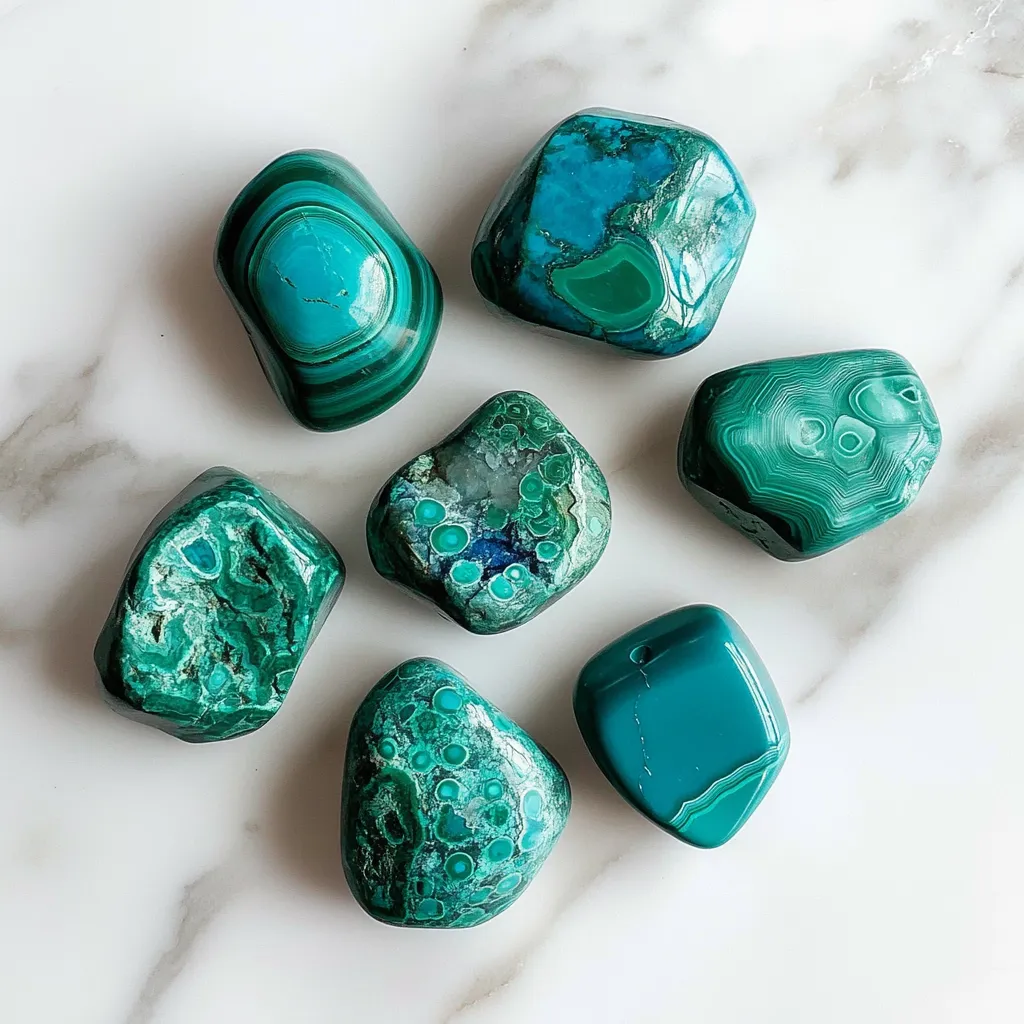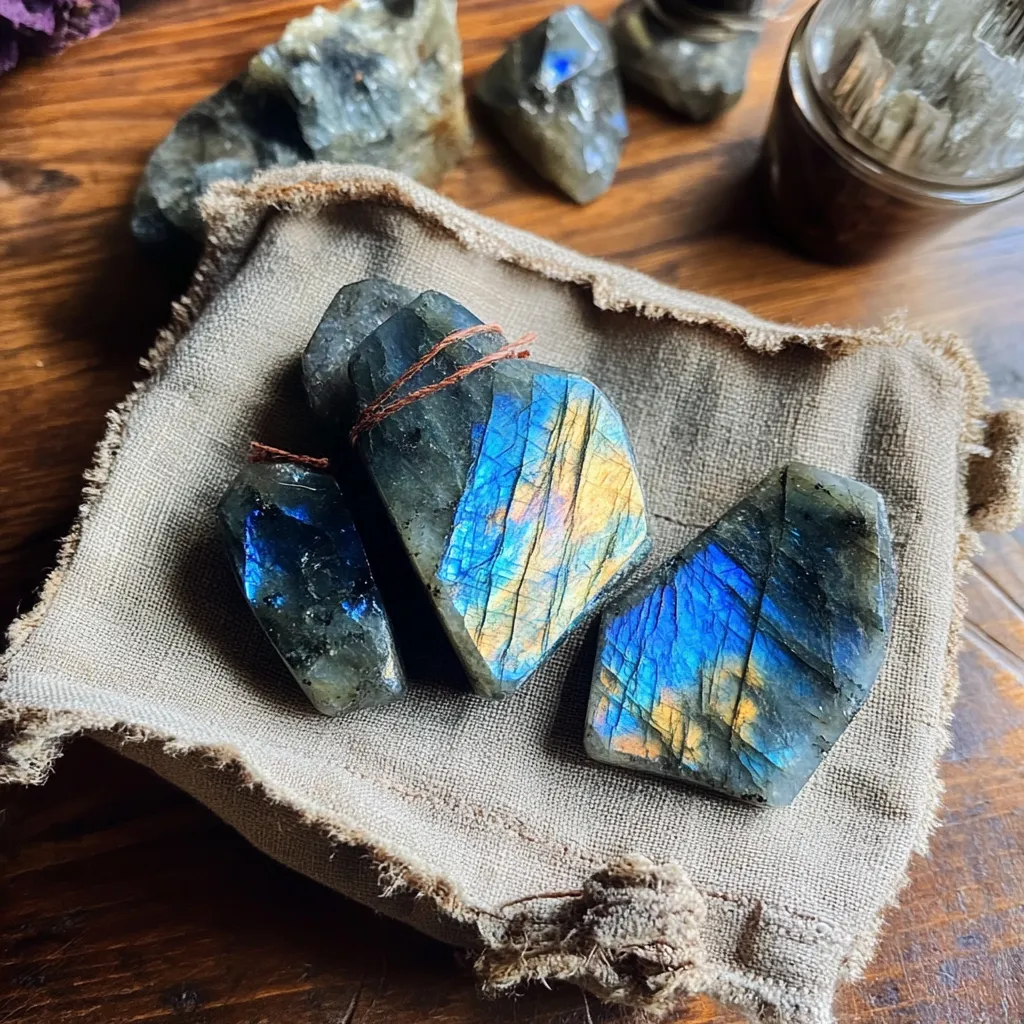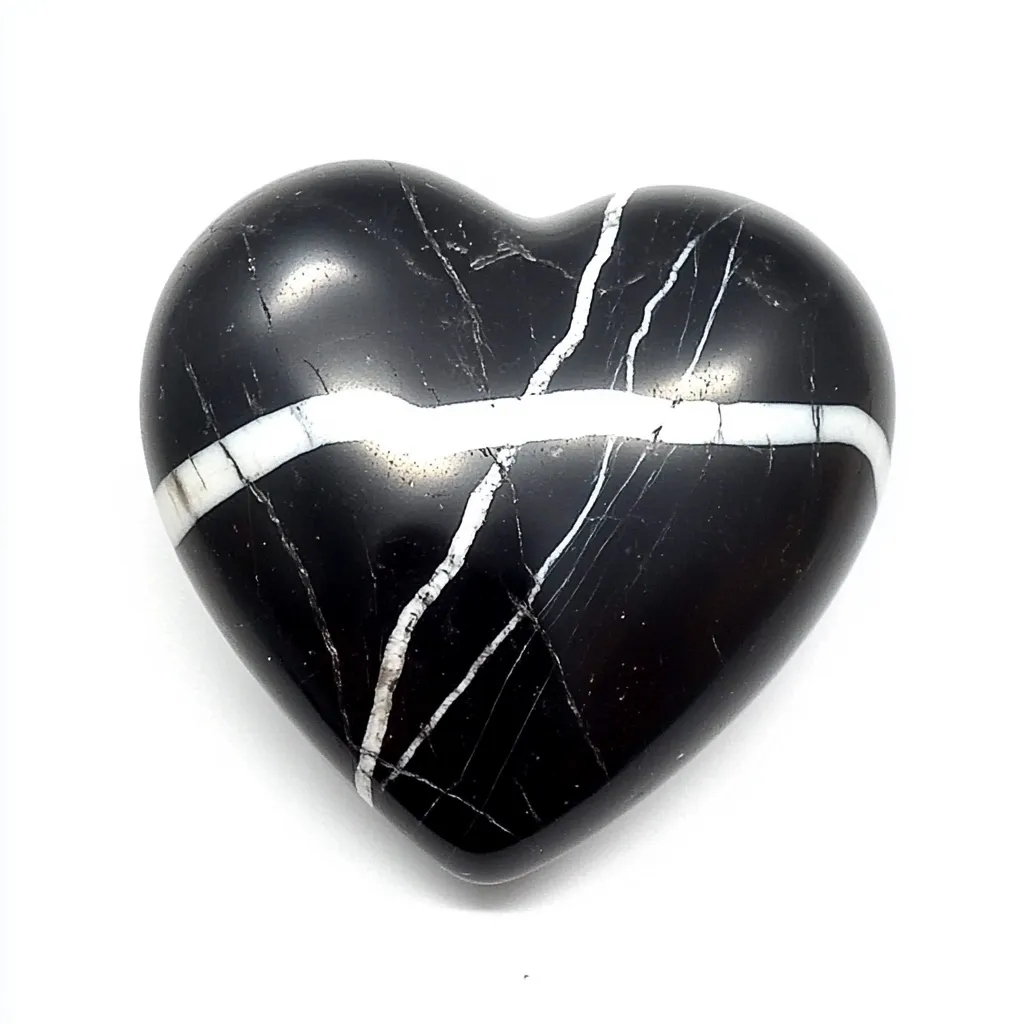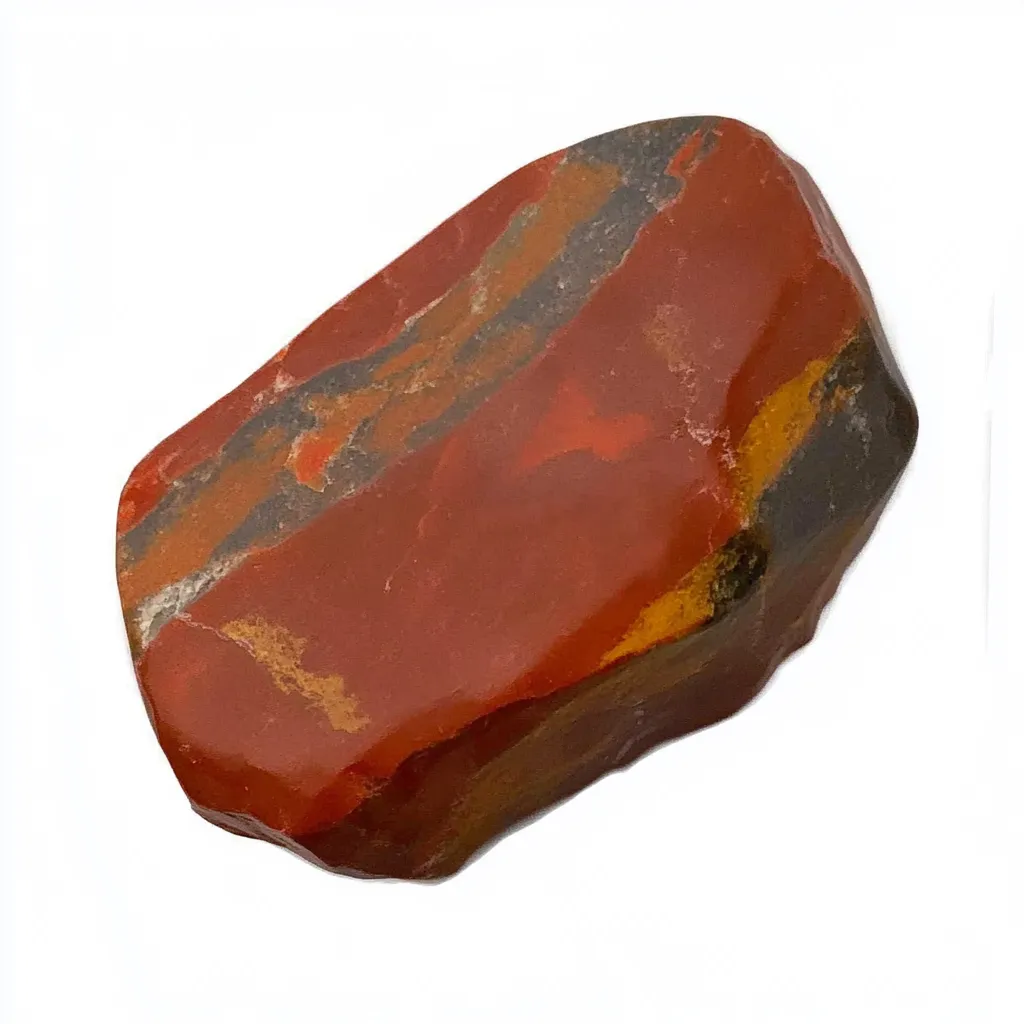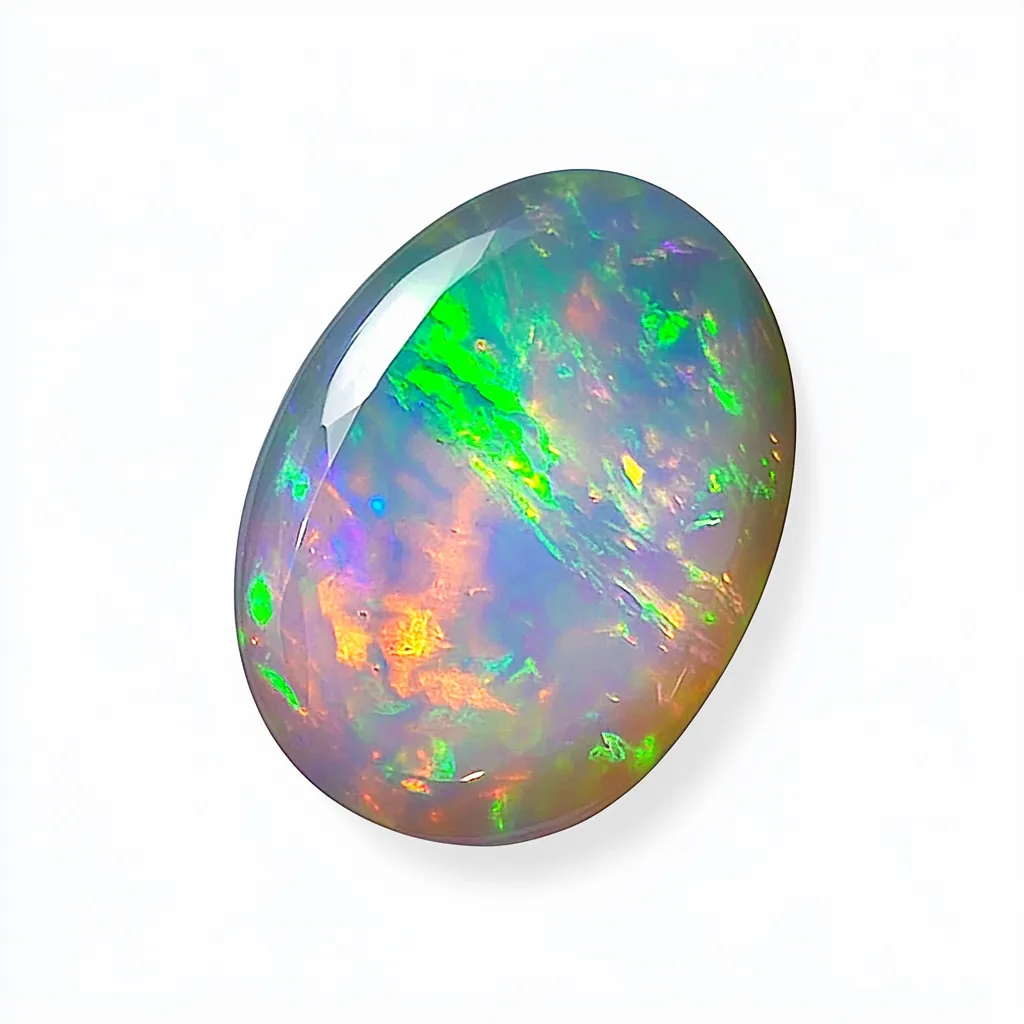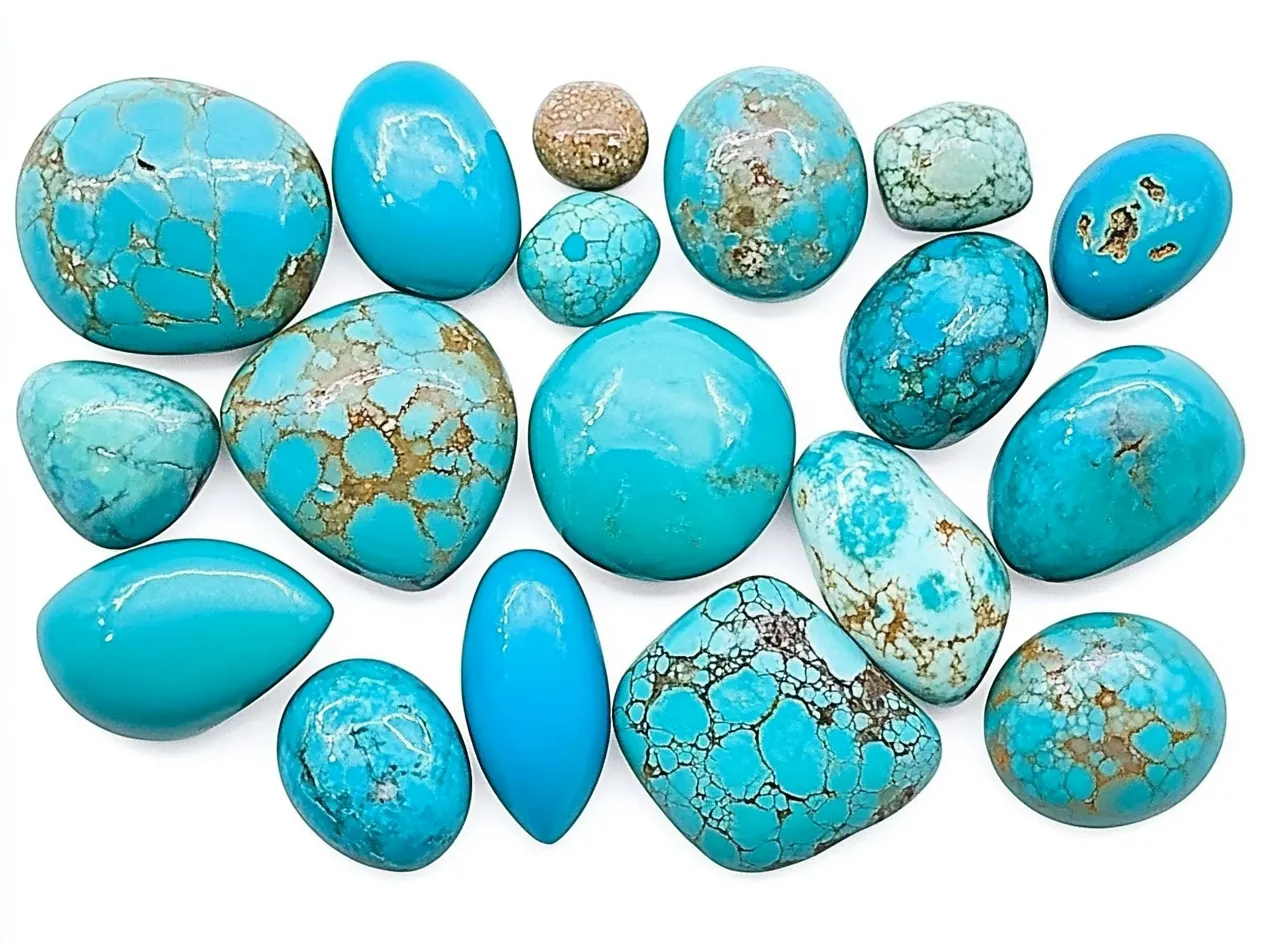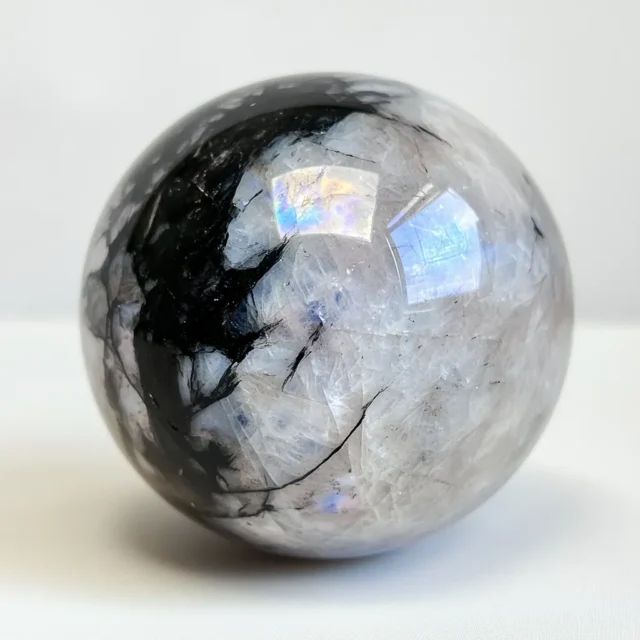

Hardness
There are two ways to soften a moonstone’s street style. One way to soften the street style of a moonstone is to wear it less intensely, such as a partial moon dangling from your ear. The other is to wear a protective yet profusely lyrical setting, tempering its streetwise quality that makes the moonstone almost throat-chakra good. I suggest going soft if you want the brightening effect of moonstone to last longer than just a phase.
This moderate hardness contributes to its allure. The smooth surface lets its signature shimmer—called adularescence—shine more brightly. Harder stones like sapphire don’t achieve quite the same effect.
Moonstone Hardness Comparison Table
| Gemstone | Mohs Hardness | Shimmer Quality | Suitability for Daily Wear |
|---|---|---|---|
| Moonstone | 6–6.5 | High (adularescence) | Moderate |
| Sapphire | 9 | Low | Excellent |
| Opal | 5.5–6.5 | Medium | Low to Moderate |
Lustre
Moonstone is renowned for its vitreous to pearly luster. But what really takes center stage is the ethereal play of light across its surface. What is that floating glow? It’s adularescence, caused by the light scattering between the stone’s layered structures. It looks like moonlight gliding across still water—an utterly poetic image that lives up to the stone’s name.
This shimmering effect is more pronounced in high-quality stones, especially those that are bluish from Sri Lanka. In lower-grade specimens, the effect is less noticeable or may even appear cloudy.
Crystal System
Moonstone is a member of the monoclinic crystal system and is part of the feldspar group. More specifically, it is various orthoclase and albite, two minerals that layer together during cooling. These alternating layers interfere with light in a manner that creates the glow we all admire.
It might seem like the structure is complicated, but it is basic if you consider it to be a cake. Different layers of minerals create one kind of natural optical illusion—you get another kind when you move the stone.

Etymology
The term “moonstone” is derived from the stone’s soft, moon-like sheen. However, it carries a more profound meaning. In ancient Rome, it was vigorously believed that the stone was nothing but solidified moonbeams. Furthermore, the stone was closely associated with the light of the female moon deity, Diana, who embodied femininity and intuition.
The name for moonstone in Sanskrit is “Chandrakanta,” which means “beloved of the moon.” This lingering reverence still exists today in cultures like that of India, where moonstone is often given as a token for instilling emotional stability and fostering spiritual growth.
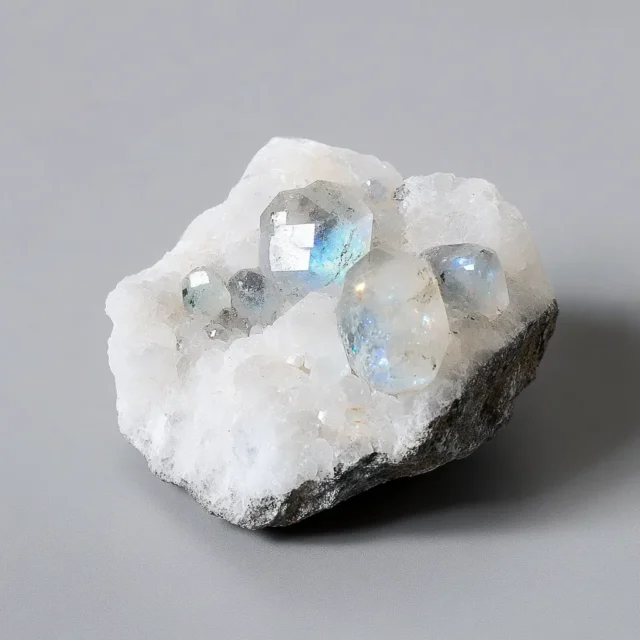
Location
Moonstone is extracted all over the globe, but the finest specimens can be found in Sri Lanka, particularly the ones that possess a brilliant blue sheen. Other prominent sources of moonstone include
- India
- Myanmar (Burma)
- Madagascar
- Tanzania
Moonstones from India usually have a warm, glowing peach or a rainbow color, while those from Sri Lanka tend to be predominantly translucent, with shades of blue. Moonstone can be found in the United States, in states like Virginia and North Carolina; however, moonstone of gem quality is seldom found in the U.S.
Moonstone Sources and Characteristics
| Country | Typical Color/Quality | Notable Characteristics |
|---|---|---|
| Sri Lanka | Translucent blue | High value, superior clarity |
| India | Peach, rainbow | Warm tones, mystical appearance |
| Myanmar | Varied | Historically known deposits |
| Madagascar | Mixed colors | Broad variety of visual effects |
| Tanzania | Pale tones | Often used for decorative pieces |
Professional tip: When purchasing moonstone, always inquire about its place of origin. Stones from Sri Lanka are typically far more valuable because of their superior clarity and coloration.

Meaning & Energy
Often referred to as the ‘Stone of Inner Growth and Strength,’ the moonstone is linked to the divine feminine, cycles, intuition, and emotional equilibrium. A good number of moonstone aficionados would probably tell you that this crystal assists in establishing a reconnection with one’s inner voice, a voice that might be somewhat drowned out when one is stressed or under pressure to conform.
At a metaphysical level, it connects to the crown and third eye chakras, promoting clarity and spiritual perception. If you’re transitioning—into a new job, a new phase of life, or an emotionally healing state—moonstone can help comfort and guide you through to the other side.
On a personal level, I have employed moonstones when partaking in my journaling sessions or performing moon rituals. Its energy—calming, reassuring, and almost meditative—allows me to go much deeper into my reflections. It is as if I have a conversation with myself that is much more intimate and private than the act of writing itself. Really, moonstone is one of my favorite stones. I am elated to have received the request to create this piece.
Varieties of Moonstone
Moonstone is not a universally applicable gemstone. In fact, there are several types, each with unique traits. The most famous is Rainbow Moonstone, known for its vibrant flashes of blue, violet, and sometimes even gold. Though technically various labradorite, it shares similar energetic properties.
Next is White or Traditional Moonstone, the classic cream-colored version often found in pieces of jewelry. It has a soft sort of luminance, almost like moonlight on water. Peach Moonstone and Gray Moonstone bring more earthy energies to the table, while Cat’s Eye Moonstone displays a rare instance of light that apparently chooses to dance across its surface instead of moving in a straight line.
Types of Moonstone and Their Traits
| Type of Moonstone | Characteristics | Energy Quality |
|---|---|---|
| Rainbow Moonstone | Flashes of blue, violet, gold; technically labradorite | Intuitive, creative |
| White/Traditional | Cream-colored, soft luminance | Classic, calming |
| Peach Moonstone | Warm, earthy tones | Comforting, emotionally soothing |
| Gray Moonstone | Earthy, mysterious | Grounding |
| Cat’s Eye Moonstone | Distinct reflective “eye” effect | Rare, dynamic energy |
Different kinds of moonstones provide different energies. For instance, the intuitive energy of Rainbow Moonstone may attract artists and individuals in creative fields. On the other hand, Peach Moonstone gives off a very comforting and warm energy, making it perfect for people who might be going through tough emotional times.

Ancient Myths
Thousands of years ago, in ancient India, there were old tales about moonstone. People held the belief that pure moonlight was the source of its creation. Even today, visions of the past and the future surround moonstone, especially in terms of its mystical powers. Moonstone is so powerful in Hindu mythology that placing it in your mouth during a full moon can reveal your future. Not that I would ever suggest trying that, mind you. However, it demonstrates how ancient cultures infused moonstone with symbolic meaning.
The Romans connected it with lunar divinities and thought it originated from moonlight that had solidified. In the Art Nouveau era in Europe, moonstone had a resurgence and was once again used in jewelry, but now it stood for love, represented the dream state, and signified inner clarity clothed in ever-changing mystery. Designers like René Lalique were using it in romantically celestial compositions.
How can it not be wonderful that a single stone can embody such a plethora of cultural narratives?
Physical Moonstone Healing Properties
Although moonstone isn’t a substitute for medical attention, countless individuals feel its presence bolsters their physical well-being in nuanced ways. They associate it first and foremost with hormonal health and balance, especially in women, but many also see it as a helpful companion when dealing with all kinds of bodily changes.
A few individuals think moonstone assists the digestive system and controls fluid retention. They say the gem’s connection to the moon—the celestial body that rules our tides—symbolically supports this belief. And many, wearing moonstone as jewelry or close to their person, swear by the stone’s sleep-enhancing, internal-rhythm-ironing powers.
Physical Benefits Associated with Moonstone
| Benefit Area | Description |
|---|---|
| Hormonal Balance | Especially linked to women’s cycles and hormonal fluctuations |
| Fluid Retention | Believed to help manage the body’s water levels due to lunar connection |
| Digestive Support | Thought to soothe digestive issues |
| Sleep & Rhythm | Often used to promote restful sleep and balance internal rhythms |

Emotional Moonstone Healing Properties
Moonstone is a gentle powerhouse when it comes to tending to our emotions. It is akin to providing emotional first aid for those days that feel turbulent. It, of course, is not the stone itself, but rather the energy it holds. Unlike some crystals that project a masculine energy, moonstone radiates a soft, almost feminine energy. Using moonstone during more stressful times in one’s life can be quite helpful.
Moonstone promotes reflection instead of reaction. It’s a stone that encourages you to take a moment, breathe, and view events from a broader angle. I’ve always found it particularly useful in the midst of large life transitions—when your whole life feels up in the air, moonstone offers a kind of still, small voice that says, “It will be all right.”
Chakra Moonstone Healing Properties
The moonstone interacts with the sacral and third eye chakras most intensely. The Sacral Chakra is responsible for your emotions, your artistic and creative impulses, and your sensory, even sexual, life. If any of those are blocked—if you’re trying to puzzle out some emotional issue, if you’ve been feeling stuck, even in the abstract sense, or if you’ve been blocked artistically or in some other creative way—reach for moonstone!
The Third Eye Chakra’s influence makes moonstone a favorite among those working on their intuition. If you journal, meditate, or are just trying to trust your gut more, moonstone might be your new go-to crystal. Some people even place it on their foreheads during quiet moments to enhance their inner visions.

Questions and Answers
Further Insights on Moonstone
Rainbow Moonstone Properties
Rainbow Moonstone has the adularescent quality we all adore—it glimmers and glows with beautiful light. While technically not a moonstone (it’s a kind of labradorite), it behaves like one in terms of working with our emotions and intuition. Rainbow Moonstone may take you to the next level in your meditative practices. It may deepen your connection to whatever is guiding you—be that your higher self, spirit guides, or just your gut.
Brown Moonstone
Brown moonstone carries the dreamy, feminine energy associated with all moonstones, while also imbuing it with the grounding energy of the earth. Their color ranges from soft beige to smoky taupe and brown, often with a subtle shimmer. Brown moonstones are said to have a multitude of beneficial effects—anxiety relief, emotional balance, and the promotion of peace, especially during transitions. They are especially useful for those who overthink and need a gentle nudge toward stillness.
| Brown Moonstone Attributes | Description |
|---|---|
| Color Range | Soft beige to smoky taupe and brown |
| Energy Type | Grounding, feminine, peaceful |
| Key Benefits | Anxiety relief, emotional balance, support during transitions |
Moonstone Chakra
Moonstone is most closely linked with the Crown and Third Eye chakras. These energy centers are connected to intuition, insight, and spiritual awareness. When moonstone is positioned on the Third Eye during meditation, it can reinvigorate and renew the intuitive abilities of the person meditating and allow the mind to open to the kinds of higher wisdom that are normally just out of reach. Meanwhile, the moonstone’s subtle vibrations resonate directly with the energies of the Crown Chakra, giving a deeper universal connection and sense of spiritual alignment.
Peach Moonstone Benefits
Peach Moonstone is a nurturing gemstone that exudes gentle, heartwarming energy. Unlike the white or rainbow varieties, which have a more ethereal presence, Peach Moonstone offers support for emotional healing that’s personal and grounded. It’s the stone to work with when you’re recovering from emotional trauma or trying to find a way to fully accept yourself. Carry this stone to help you work through calm emotional triggers, to feel a boost in self-worth, and to invite the kind of loving energy that occurs naturally in day-to-day life.
| Peach Moonstone Uses | Benefits |
|---|---|
| Emotional healing | Helps recover from trauma, promotes self-acceptance |
| Day-to-day support | Encourages self-worth, soothes emotional triggers |
| Energy type | Nurturing, grounded, heartwarming |
Black Moonstone Benefits
Black Moonstone powerfully protects and is commonly used during newfound beginnings or emotional resets. This variety of moonstone has a dark, mysterious sheen that still connects you with lunar energy while also holding a forceful grounding force. Black Moonstone is for you if you find yourself repeatedly returning to the same old emotional patterns or if you are not in a state where you can reconnect with the unaffected you. It is believed to shield against negative energy, enhance intuition, and provide emotional clarity—especially during the new moon cycle when intentions are set.
Gold Moonstone
Gold Moonstone is less common than traditional moonstone and is more rare and collectible than other gemstones. Compared to the other members of the feldspar family, Gold Moonstone isn’t easily available in the marketplace. The price of Gold Moonstone has surged phenomenally over the last few years, and with it, the quality has dropped significantly. Hardly any people and places realistically have access to high-quality specimens anymore. Despite limited access to high-quality specimens, much of the energy of Gold Moonstone remains similar to that of other moonstones.
Peach Moonstone Metaphysical Properties
The metaphysical properties of Peach Moonstone complement its surface-level beauty. Spiritually, it’s said to align the emotional body with divine feminine energy, enhancing all kinds of lovely qualities like compassion, inner peace, and emotional intuition (which, if we’re honest, should probably be relabeled as ‘intuitive emotional intelligence’). Healers often use Peach Moonstone to stabilize mood swings and soften heartache. Peach Moonstone encourages gentle self-discovery, unlike some of the harsher, more demanding crystals that really push you to transform your life.

